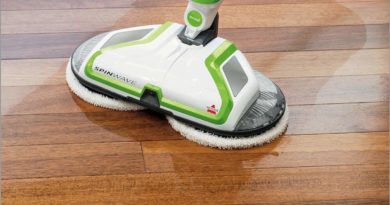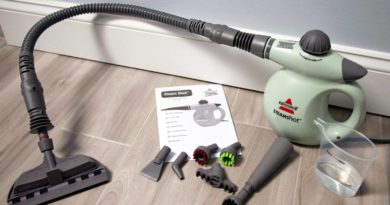What Causes Loss of Water Pressure in Bathroom Sink
**Articles may contain links that I earn compensation for if clicked and you make a purchase. As an Amazon Associate, I earn from qualifying purchases. These earnings do not actually impact the price of the product or service.
Loss of water pressure in your bathroom sink isn’t something you don’t want to experience. It is not unusual to have no water in your sink. The major concern is what causes this and how to resolve the situation and have water running again.
Perhaps you don’t want to hire a plumber and would rather DIY it to save costs and time. How do you fix low water pressure in your sink faucet? To solve this issue, you need to know the cause of the problem in the first place.
Indeed, there are many reasons why you may experience reduced water pressure in your bathroom sink. The solution is relatively easier and cheaper than you think.
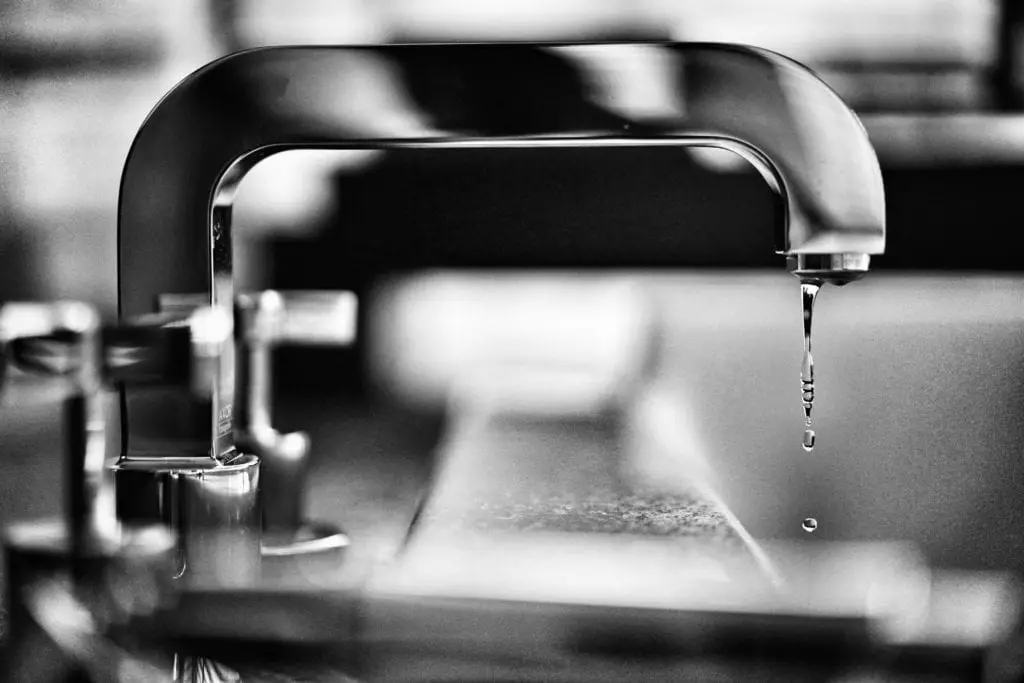
What to Do When Water Pressure Is Low
First, you should check your other bathroom fixtures to ensure they don’t have the same problem. If they do, the problem is probably more significant or widespread and not just an issue with the faucets. In such a case, you should call a plumber for professional assistance.
It is also possible that you are experiencing only either low hot water pressure or cold water pressure; it doesn’t matter. This article examines the possible causes of low water pressure in your bathroom sink and how to fix them.
Causes of Loss of Water Pressure in Bathroom Sink
The following are the causes and solutions to the loss of water pressure in the facets.
-
Damaged Water Pressure Regulator
A regulator controls the water pressure in your home. It is usually somewhere near the shutoff valve of the main pipe that supplies water into your home. If the water pressure issue affects all the faucets in your home, you need to locate this and increase your water pressure.
Solution
You can increase the water pressure with the regulator, and that will, in turn, increase water pressure in the bathroom sink faucet.
However, if increasing or decreasing the water pressure with the regulator does not affect your house’s water pressure, it is probably damaged. Replacing it is the best solution; however, you should hire a professional plumber to fix it.
-
Halfway Opened Shutoff Valve
Water supply shutoff valves are one of the crucial things that control how water enters one’s home. Sometimes the cause of your low water pressure is that your shutoff valve is halfway open. The shutoff valve of your sink faucet will be on the wall under or near the sink.
Also, you need to know the type of shut-off valve to open it appropriately. There are various types of shut-off valves; examples are ball valves, angle stop valves, gate valves, globe valves, and many more.
If your low water pressure issues result from a partially closed shutoff valve, you probably do not use a ball or gate valve. These two types allow the valve to be fully open or fully closed, with no in-between.
Solution
If you find that your shutoff valve is halfway open, turn it counterclockwise. Do this without too much pressure so that you don’t damage it.
You will need to get a pair of curved jaw pliers if it is stuck in the halfway position.
Carefully turn the valve in a clockwise position. Then with your hand, turn it counterclockwise. Keep turning it left and right until it achieves its full range of motion.
Be especially careful with this process when dealing with a cold water faucet and a hot water faucet. That ensures you do not end up disrupting the whole water supply system.
-
Clogged or Spoilt Aerator
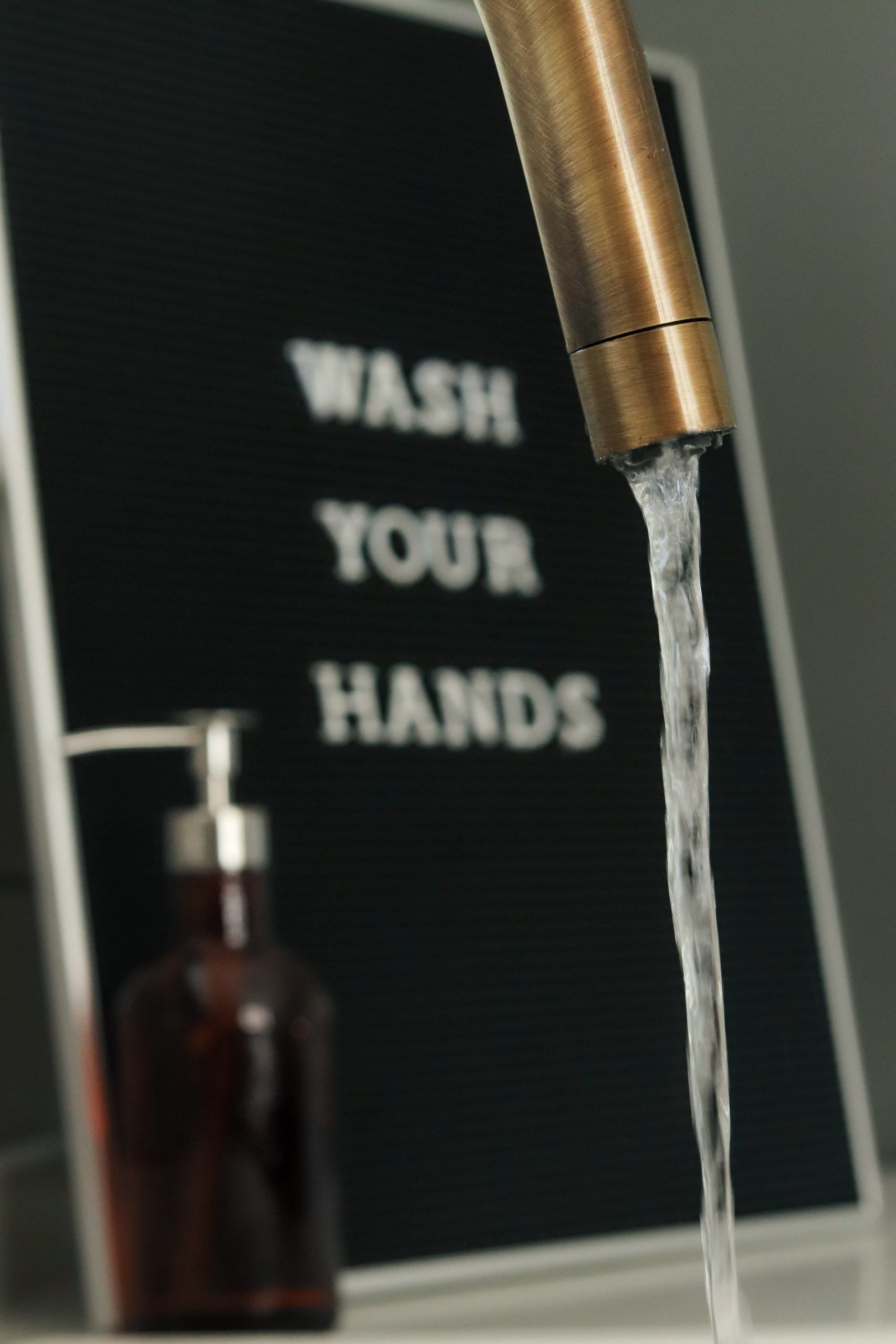 The faucet aerator adds air to water, which helps the water come out with a regular flow. Simply put, it improves the quality of water flow. It is attached to the end of your faucet where water comes out.
The faucet aerator adds air to water, which helps the water come out with a regular flow. Simply put, it improves the quality of water flow. It is attached to the end of your faucet where water comes out.
After a long time of use, there is a probability that dirt, mineral build-up, or any other impurity will have clogged the aerator.
If this happens, the water pressure in your bathroom sinks can reduce considerably. To fix this problem, clean the aerator.
Cleaning the aerator is something one can easily do without the need to call a plumber. However, if cleaning the aerator does not work, you likely have a spoilt aerator on your hands.
Solution
Take off the aerator by unscrewing it with a plier and a cloth wrapped around it.
Check your water pressure after removing it. If the water pressure is good, then your problem is the aerator. Proceed to clean it.
Check inside the faucet with an item small enough to enter and effectively remove any impurity that may be inside.
Then, dismantle the aerator (remove the small plastic disc) and clean it. You can remove the visible dirt from the clogged wire mesh of the aerator with a brush.
Soak the aerator inside white vinegar and water solution for a more thorough cleaning. You can leave it inside the vinegar overnight to get the best results.
However, if this does not work, you might need a new one. You can find this at local hardware stores. Upon replacing it, your water pressure should be fine.
-
Clogged Water Supply Lines
Generally, you should not let too much time go by without replacing or cleaning the supply lines that carry water. If you do, it can lead to accumulated debris and mineral buildup occupying the space meant for water flow.
If you use steel pipe supply lines that are pretty old, you may not know your water flow has reduced. Hard water flow in these pipes would have eroded them. A build-up of scale, rust, mineral deposits, and corrosion will slow your supply lines, which can reduce your water pressure.
If you moved into a new apartment and met the low water pressure like that, the chances are that the problem is the steel pipe plumbing.
Solution
If it is a localized clog, you can flush it with air pressure using an air hose or backflush the guilty faucet or pipe.
Also, you can have a plumber locate and remove the affected pipes, clean them and fix them back. As a last resort, you can have them replaced.
Hopefully, the cause of reduced water pressure in your bathroom sink faucet is not caused by corroded steel piping in your home. You cannot remove mineral buildup in this instance. You must get professional plumbing services to change the house plumbing.
-
Water Leaks
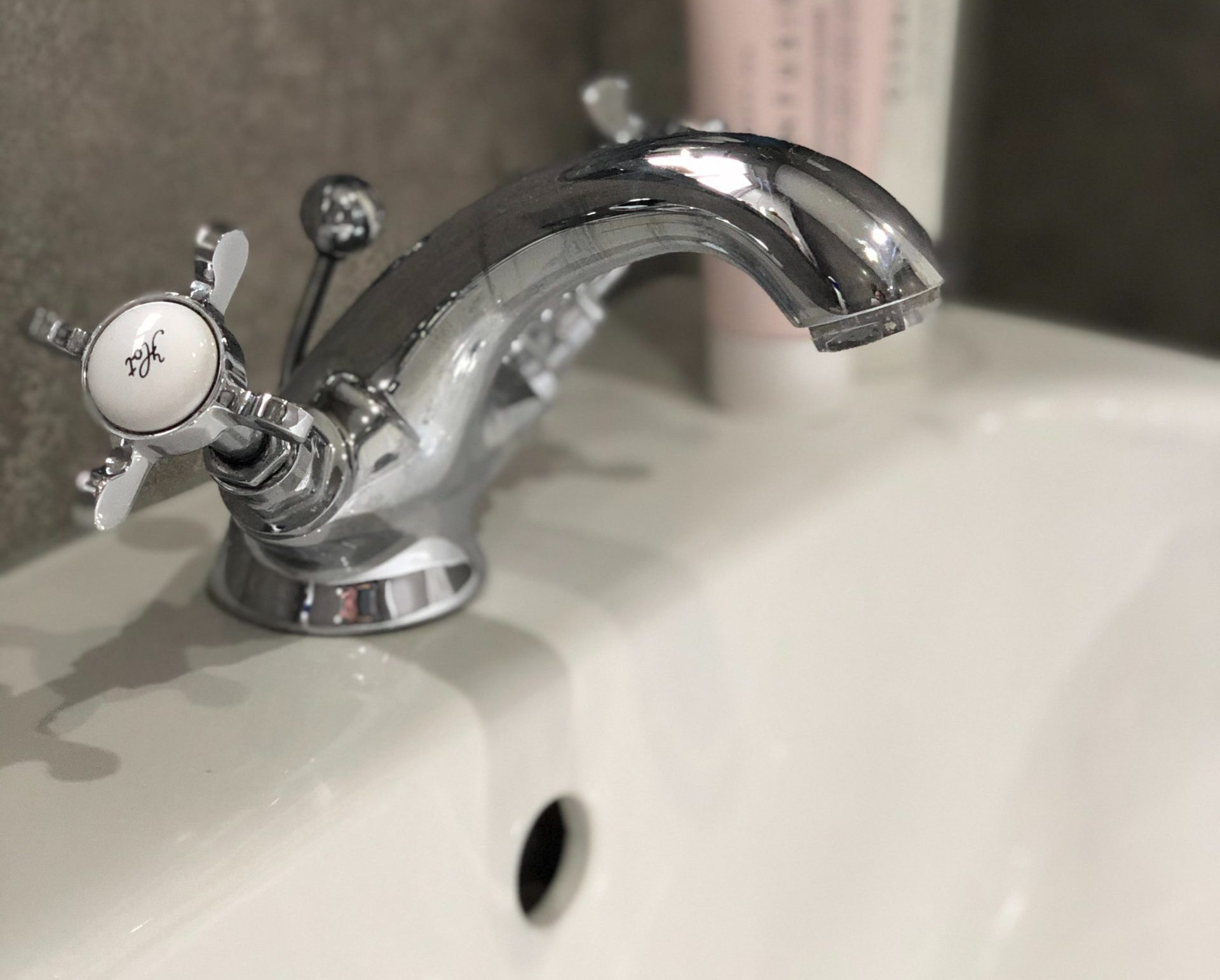 Did you know the average home’s water leakage amounts to about 10,000 gallons of water wasted yearly? Most times, this quantity of water leaks without some homeowners being aware.
Did you know the average home’s water leakage amounts to about 10,000 gallons of water wasted yearly? Most times, this quantity of water leaks without some homeowners being aware.
A water leak can be responsible for low pressure because water that is supposed to add to the volume of water carried in pipes is wasted. Corroded steel pipes or very high water pressure can cause this problem.
Solution
You should check around the visible piping of the house for leaks regularly. To determine whether or not there is one, you can conduct a small test.
Shut all water suppliers in the house. Wait a while, then check if your water meter is still recording any water activity. If it is, invite a professional to help you inspect it.
-
Gravity
Loss of water pressure can be because of gravity if you have been experiencing low water pressure in the bathroom sink and other faucets.
The position of the pipe is a crucial decision when creating the water system of a house. You probably won’t know if your lines are not properly arranged. Gravity is one of the factors that can affect the flow of water.
Also, if you live in a multi-storey building, low water pressure will likely increase with the ground’s height.
Solution
Firstly, you can get a plumber to check and redirect your home’s supply lines of your home. They should ensure they reach the desired output destinations without water being totally against gravity. If you can do this, the effect of gravity will be significantly reduced, and your water pressure will increase.
In addition, if your bathroom sink pressure is low because you live in a storey building, you might need to invest in a water pressure booster pump. You should invite a plumber to install this for you.
-
Distance From Water Source
One of the things you should think of when you want to set up anything that needs a water supply, such as a bathroom, is the distance from the water source. When the distance between the water source and facet is long, it may lose pressure.
There might be a few unavoidable reasons why your water source is far. Still, it is better to avoid it if you can or find a suitable solution. We have a few solutions for you.
Solution
A common and efficient way to resolve this is to use a water booster pump. Using a water booster pump will improve the water flow and eliminate low pressure. Another way to fix this problem is by finding a closer water source.
Final Thoughts
Now, you know what to do next time you experience the annoying issue of low water pressure in the bathroom sink faucet. These are the most common causes and solutions to this, and this information hopefully will save you a lot of costs in plumbing fees.
However, if your low water pressure issues persist, you should hire a professional plumber to check your water supply lines. Tampering with your house plumbing without professional skill may end badly and multiply your repair costs in the long run.
However, that will not matter as you have found the question of what causes loss of water pressure in the bathroom sink.
